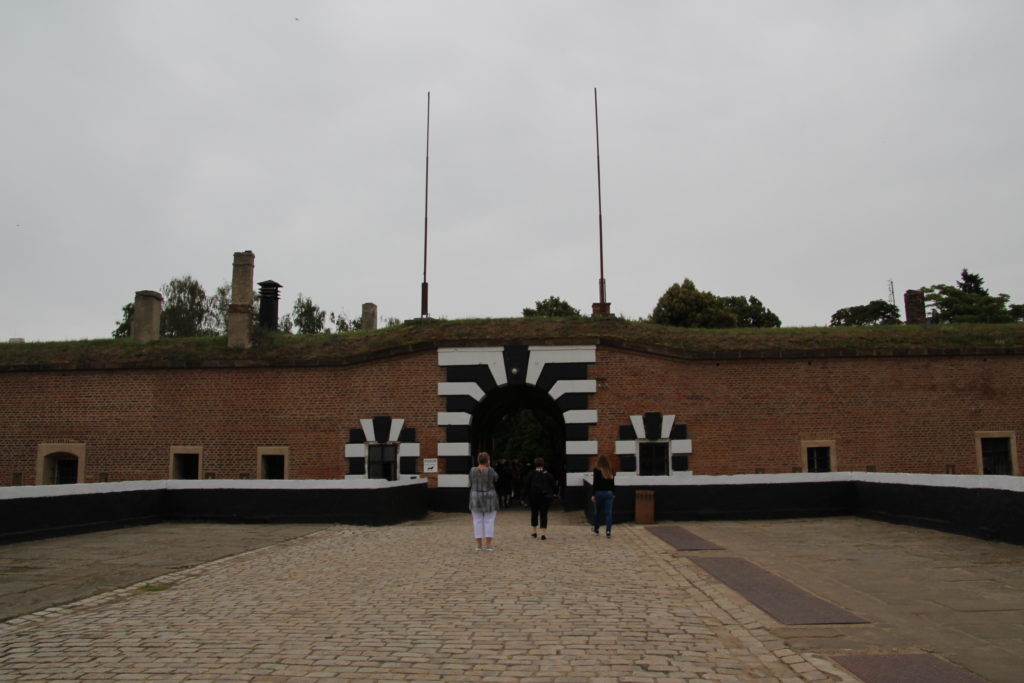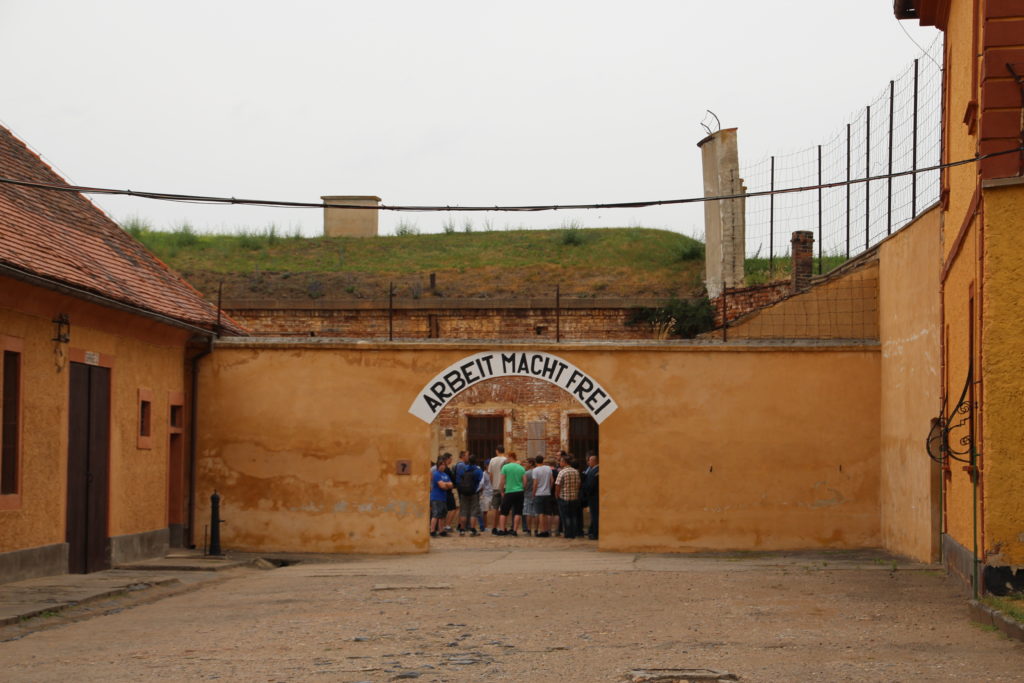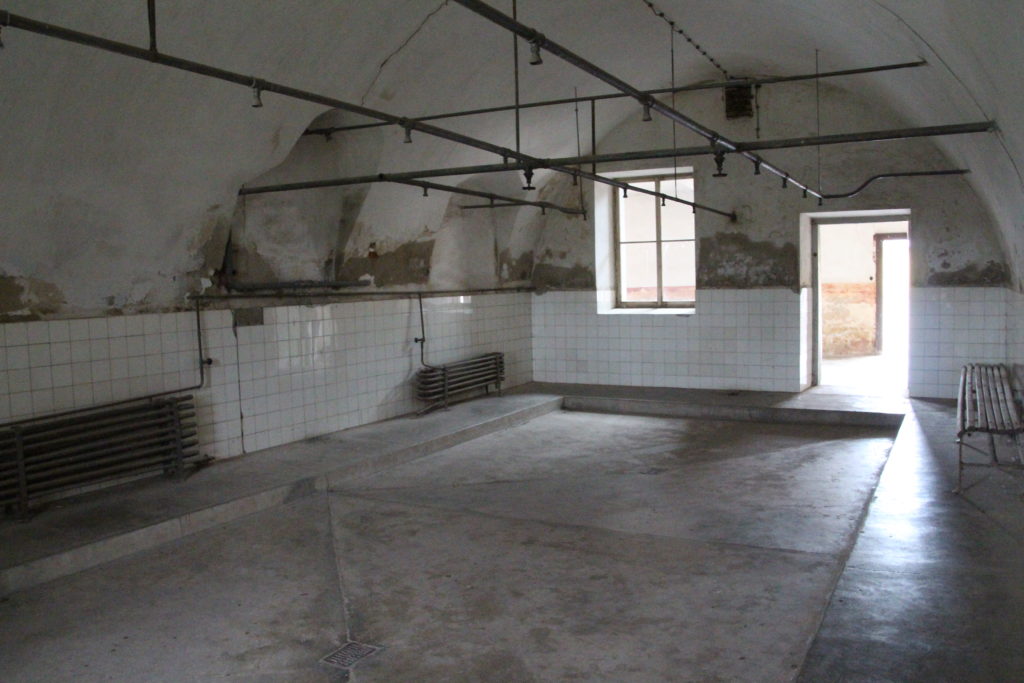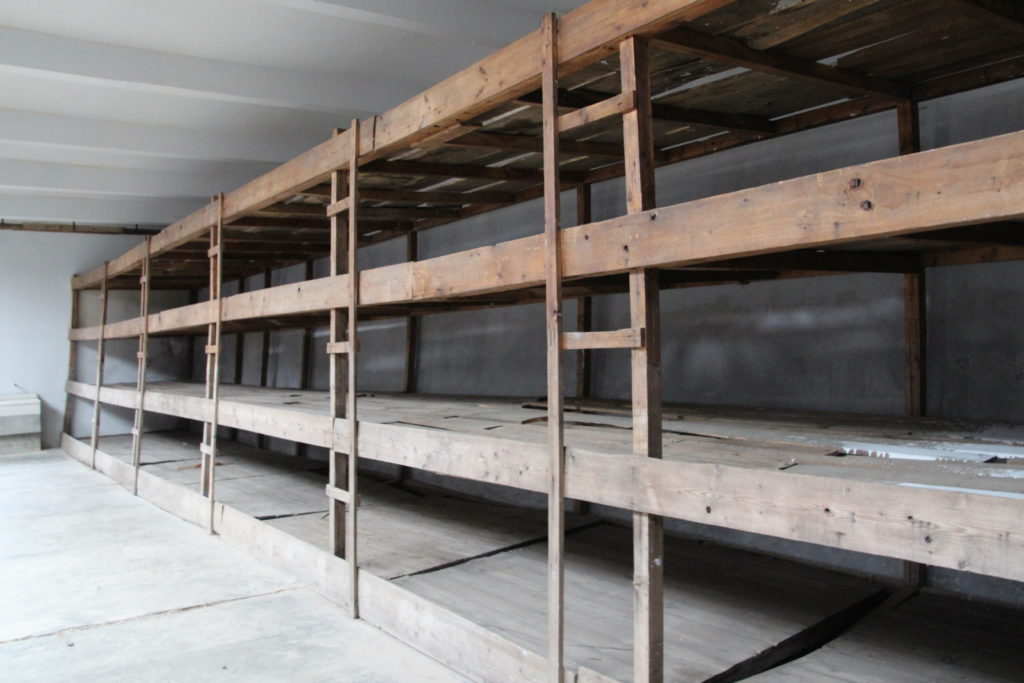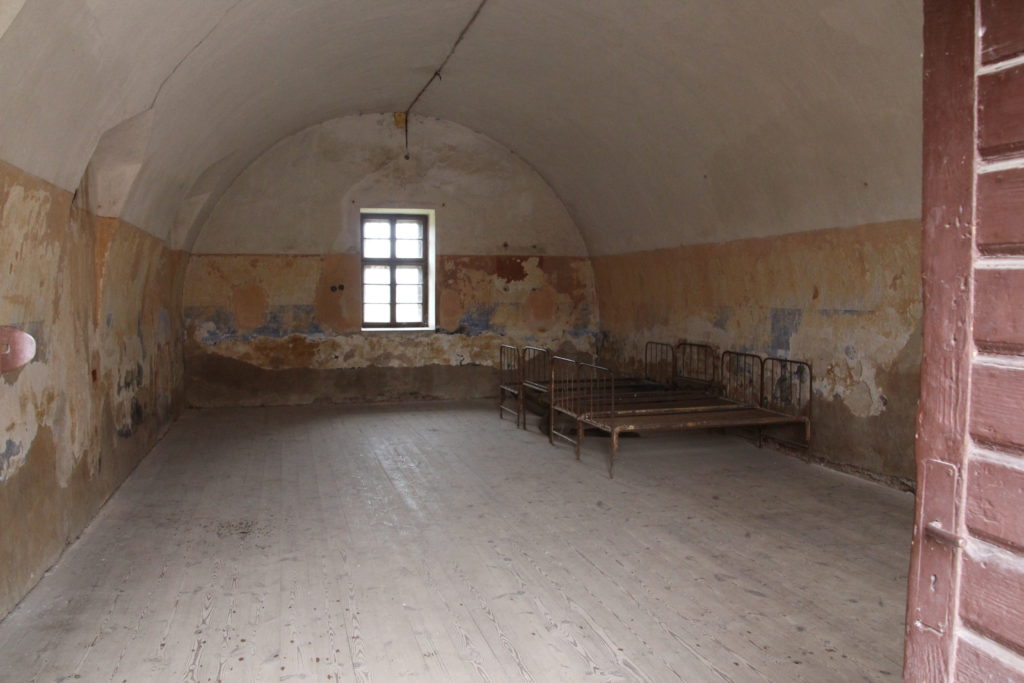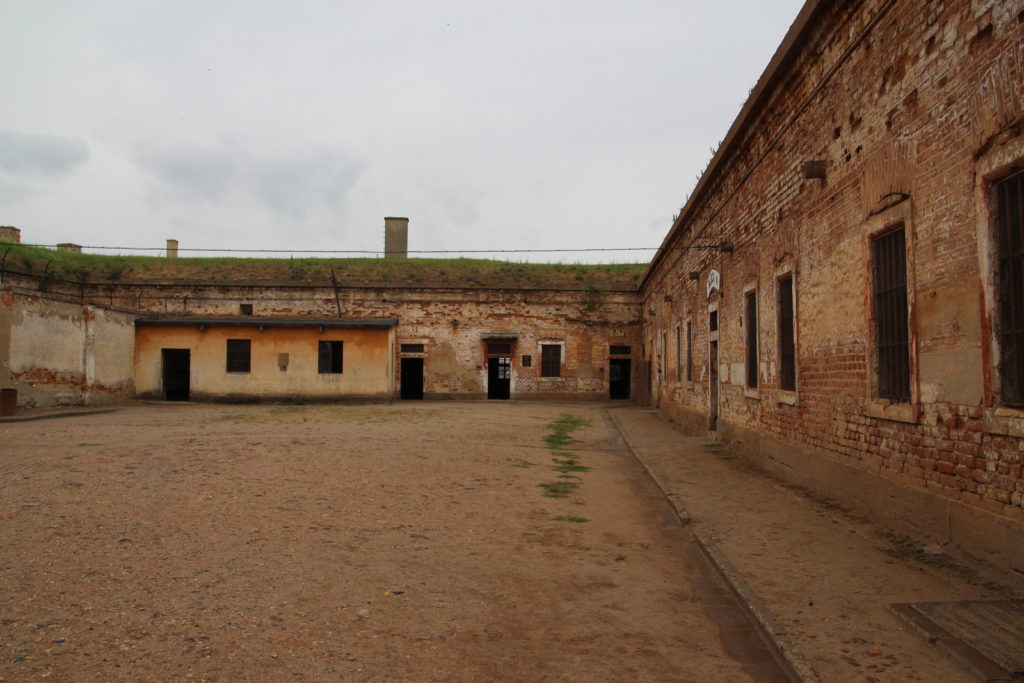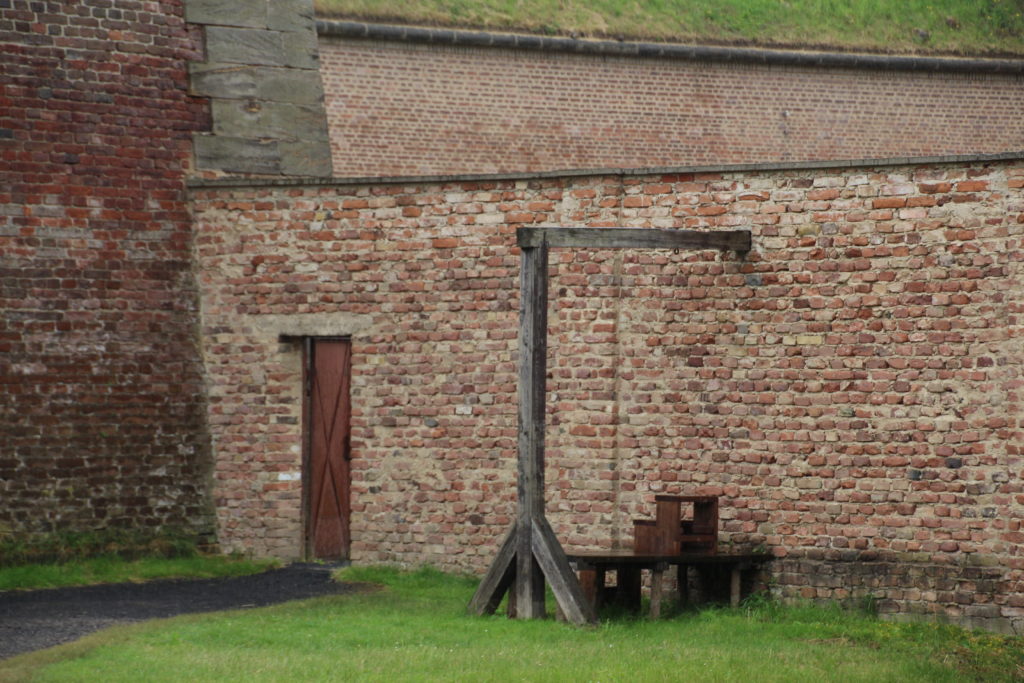This post may contain affiliate links. That means if you click and buy, I may make a commission at no cost to you. .
As a teacher, I try to explore many different Nazi concentration and extermination camps when I am in Europe along with World War II sites in cities and towns I visit. I teach a Holocaust unit and like to bring my own photographs and information I learned from experts to my students and take them on a virtual field trip of sorts. When my friend and I took a trip to Prague, it was the perfect time to add a day trip to Terezin.
First, Prague is strikingly beautiful, and there are many day trips you can do from the city. You could easily spend a week there, but we didn’t have the time. We only had two days, and one day required a tour of Terezin.
Terezin, or Theresienstadt as the Germans called it, is a town in the Czech Republic located approximately 62 km from Prague. The Nazis established a walled ghetto from a previous fortress and turned it into a concentration camp, a mere holding vessel or transit camp, before deporting inmates to other ghettos or extermination camps in occupied Poland.
Jews from German-occupied Bohemia and Moravia, known now as the Czech Republic, Austria, Holland, and Denmark, among other nations, were sent there, as well as famous artists, composers, writers, musicians, and scholars. Our guide made it a point to discuss that this camp was intended to house the intelligentsia, and therefore, a rich cultural environment developed.
I knew, prior to my visit, that the Nazis used this particular camp as the subject of a propaganda film after convincing the Red Cross all was well inside Terezin. They created a ruse by building fake stores, gardens, cafes, bakeries, and playgrounds for children so that it appeared as if Jews were living a life of leisure and contentment. In fact, Jews at Terezin were suffering from starvation, disease, and overcrowding just like at thousands of other concentration camps across Europe, and by the end of the war, most had been sent to extermination camps.
Terezin was different from the other camps I have seen; there was a vibrant cultural life that, no doubt, afforded inmates a bit of hope or imagination of what life was like prior to the Holocaust. Artists secretly sketched scenes of daily life in the camp and hid their work behind stones in walls and under floorboards. Many inmates documented the atrocities they witnessed to serve as testimony from beyond the grave. All of this can be viewed in a robust museum collection for visitors. I left Terezin admiring the courage and bravery of those inmates who risked everything so that the world would uncover their truth. It was a humbling experience and one I highly recommend.
These tours are worth your time if you are looking to learn more about World War II history in Prague.



